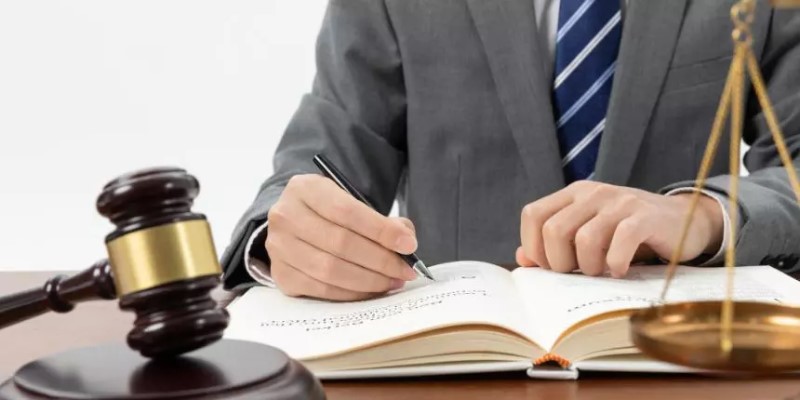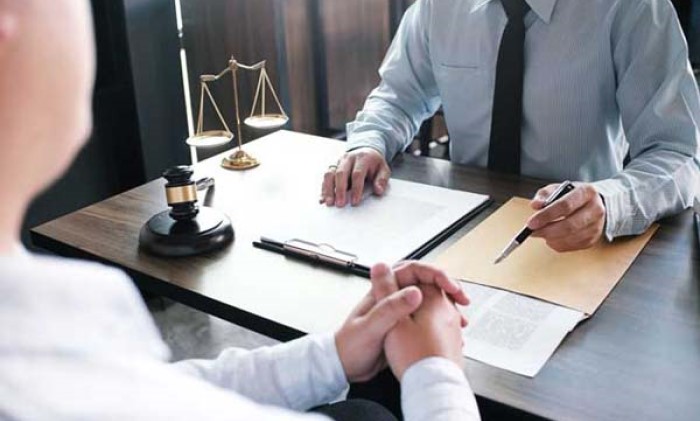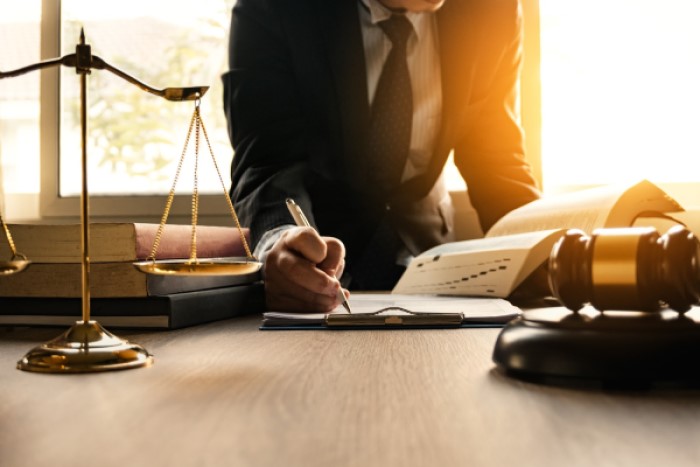Introduction
In our daily lives, unforeseen accidents can occur, leading to injuries that range from minor bruises to severe concussions. Among these accidents, slip and fall incidents are alarmingly common and can have significant implications for brain health. Understanding the dynamics of slip and fall accidents, as well as the potential for resulting concussions, is crucial for safeguarding our well-being.
Types and Categories
Slip and Fall Accidents
Indoor
- Falls on slippery surfaces like wet floors or spilled liquids.
- Trips over obstacles like loose rugs or cords.
Outdoor
- Falls due to uneven pavements or icy sidewalks.
- Trips on stairs or curbs.
Concussions
Mild
- Temporary loss of consciousness.
- Headaches and dizziness.
- Nausea and vomiting.
Moderate to Severe
- Prolonged unconsciousness.
- Memory loss.
- Cognitive impairment.
Symptoms and Signs
Slip and Fall Injuries
Physical Symptoms
- Bruising and swelling.
- Fractures or sprains.
- Scrapes and cuts.
Psychological Symptoms
- Anxiety and fear of falling again.
- Depression due to decreased mobility.
Concussion Symptoms
Immediate
- Headache and pressure in the head.
- Dizziness and blurred vision.
- Sensitivity to light and noise.
Delayed
- Difficulty concentrating.
- Memory problems.
- Sleep disturbances.
Causes and Risk Factors
Slip and Fall Causes
Environmental Factors
- Wet or slippery surfaces.
- Poor lighting conditions.
- Cluttered walkways.
Behavioral Factors
- Distraction while walking.
- Wearing inappropriate footwear.
- Ignoring safety precautions.
Concussion Causes
Direct Impact
- Head striking a hard surface.
- Sudden deceleration of the body.
Indirect Impact
- Whiplash-like motion.
- Shockwaves transmitted to the brain.
Diagnosis and Tests
Slip and Fall Evaluation
Physical Examination
- Assessment of injuries.
- Neurological examination for signs of concussion.
Imaging Tests
- X-rays for detecting fractures.
- MRI or CT scans for assessing brain injuries.
Concussion Assessment
Cognitive Testing
- Memory and concentration tests.
- Neurocognitive assessments.
Imaging Studies
- CT scans to rule out bleeding in the brain.
- MRI for detailed evaluation of brain structures.
Treatment Options
Immediate Care
R.I.C.E Protocol
- Rest, Ice, Compression, Elevation.
- Alleviates pain and reduces swelling.
Pain Management
- Over-the-counter analgesics.
- Prescription medications for severe pain.
Concussion Management
Cognitive Rest
- Limiting mental exertion.
- Avoiding activities that worsen symptoms.
Symptom Management
- Medications for headaches and nausea.
- Sleep hygiene practices.
Preventive Measures
Home Safety
Fall Prevention
- Removing tripping hazards.
- Installing handrails and grab bars.
Lighting
- Adequate illumination in hallways and staircases.
- Motion-sensor lights in high-traffic areas.
Lifestyle Modifications
Footwear
- Wearing supportive shoes with non-slip soles.
- Avoiding high heels or worn-out footwear.
Exercise
- Balance and strength training to improve stability.
- Regular physical activity for overall health.
Personal Stories or Case Studies
Sarah’s Story: Overcoming the Aftermath of a Fall
Background
- Sarah, a 65-year-old retiree, experienced a serious fall at home.
- She suffered a concussion and multiple fractures.
Recovery Journey
- Sarah underwent surgery for her injuries and received rehabilitation therapy.
- With time and perseverance, she regained her mobility and confidence.
Expert Insights
Dr. Emily Roberts, Neurologist
Importance of Timely Treatment
- “Concussions, if left untreated, can lead to long-term cognitive deficits.”
- “Seek medical attention promptly after a fall, especially if you experience head trauma.”
Conclusion
In conclusion, slip and fall accidents pose a significant risk to brain health, often resulting in concussions with varying degrees of severity. By understanding the causes, symptoms, and preventive measures associated with these incidents, individuals can take proactive steps to mitigate their risk and protect their well-being.




